Bremen's Green Lungs
Quality of lifeSome of the Hanseatic city's parks among the most extraordinary of their kind
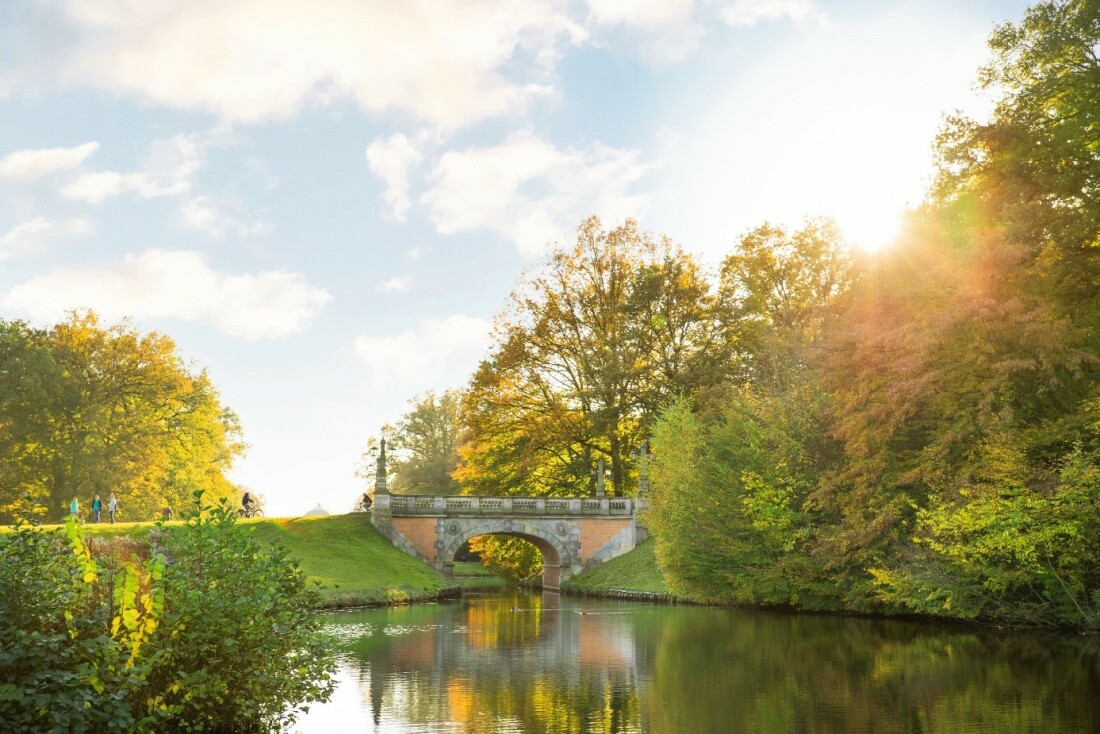
According to recent statistics, the Hanseatic city of Bremen is Germany's greenest big city, with 60 square metres of green space per inhabitant. The many parks and green spaces in the city include world-class spaces, such as the Bürgerpark and the Rhododendron park, both of which are of German and even world renown. By its own account, Bremen is home to the world's largest collection of rhododendrons. Let's take a walk.
New York in the middle of Bremen? If you've ever been to Central Park in New York, don't be surprised if Bremen's Bürgerpark reminds you of what you saw there. Both these landscaped parks were created at around the same time. Although the landscape architect Wilhelm Benque only submitted a draft design for the park in the American metropolis, he was the head designer of Bremen's park, which is only a stone's throw from the main railway station.
"The park is famous for its exceptionally fine design", said Park Director Tim Großmann during our tour, inviting his audience to look up and into the distance. If you look behind yourself, you see the Park Hotel at the southern entrance to the park. Turning to the North, you see a garden cafe that dates back to the park's earliest days. In between - according to Großmann deliberately moved from the centre of the picture to the left so as not to obscure the restaurant - a bridge arches over a watercourse.
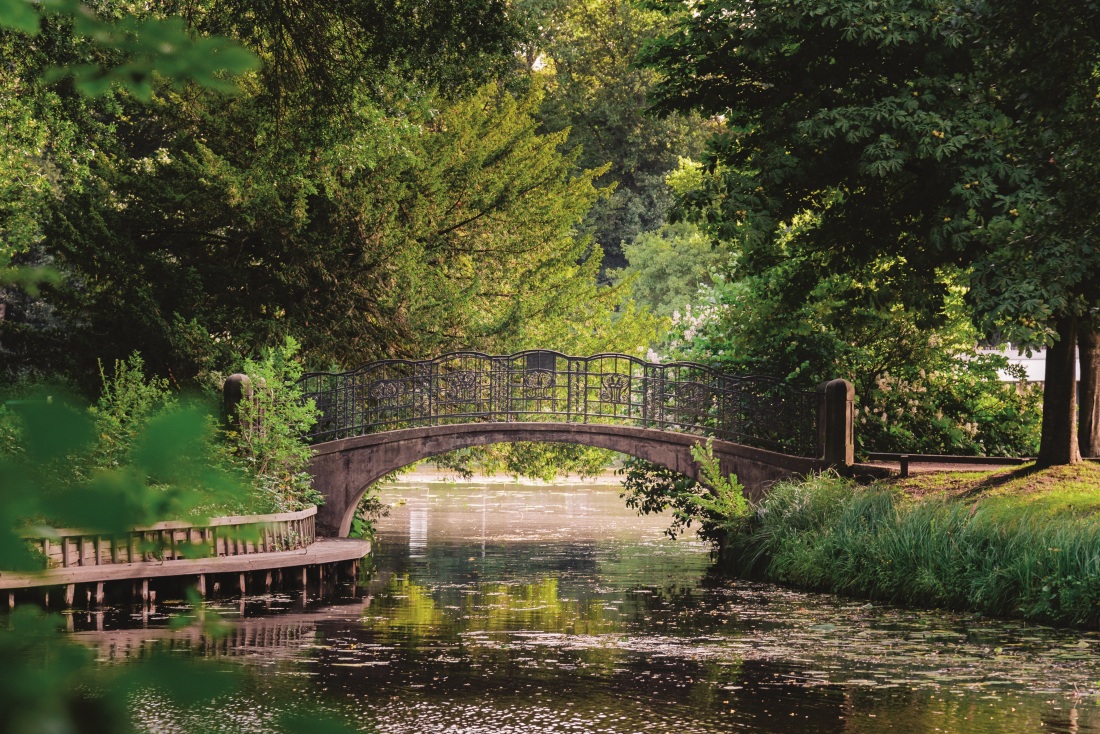
"These ever-changing viewpoints and visual axes, the alternation between wide meadow areas with individual groups of trees in the middle, water bodies and buildings - that was already a very good design," comments Großmann. "In the process, Benque could only draw from the imagination. Most of the trees were only 1.50 metres high when he wanted to plant them.”
They were planted on what was formerly a grazing pasture. This was where Bremen's citizens had been keeping their cows, sheep and goats since the Middle Ages. At some point, the meadows were no longer big enough for that purpose but the green space was ideal for locals who wanted to find fresh air and relaxation. For this reason, in 1865, a group of merchants founded the "Comité zur Bewaldung der Bürgerweide" (committee for transforming the Bürgerweide meadows into a forest) and started collecting donations. Bremen's citizens joined in with such enthusiasm that construction was able to start just one year later.
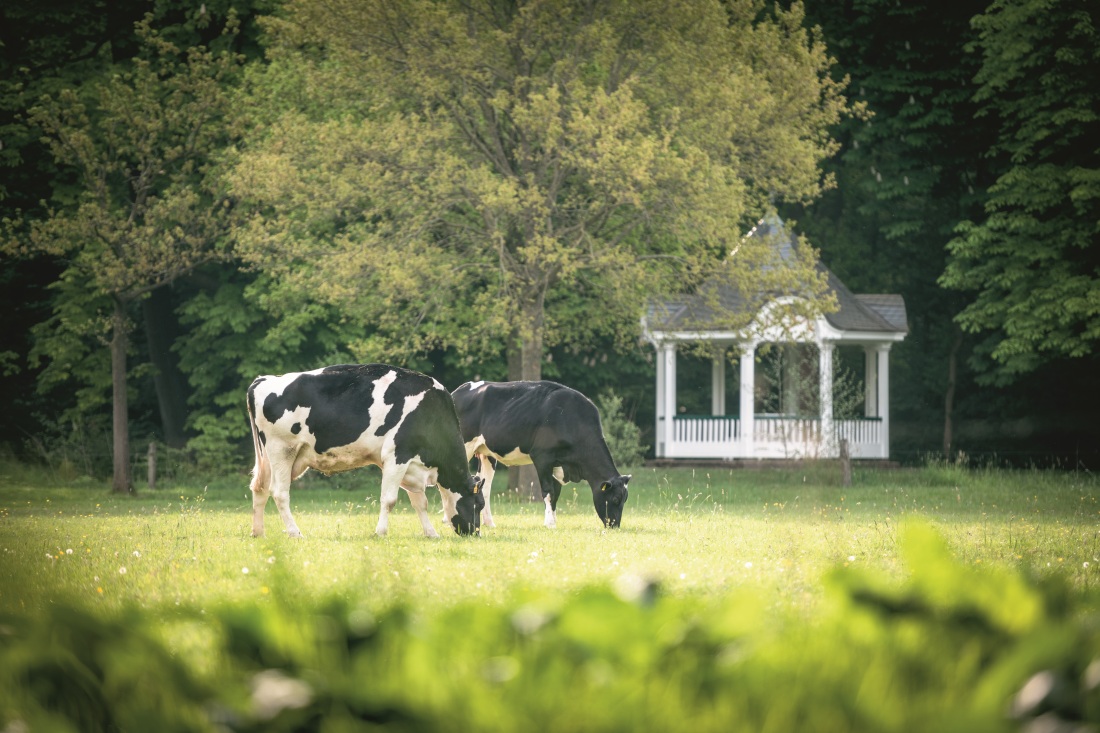
A unique feature: the Park's financing and design are unchanged
The way in which the park is financed, and its design, have remained essentially the same over the years, making the Bürgerpark unique in Germany. Its maintenance costs (including staff wages) are funded exclusively by private donations. As the park was awarded listed monument status in 1984, it is now protected as a historically important site. The main task of its management team is to maintain its layout and design just as it was originally.
Tim Großmann pauses for a moment with the group on the broad, gently curving main path through the park. Pointing at a battered oak tree on the left of the path, which is supported by wooden posts, the landscape architect says "Most of the trees in the park are 150 years old and are now coming to the end of their lives". "Despite this, we're making every effort to retain these trees for as long as possible because they are such striking features of the park", he adds, pointing to a newly planted tree on the right-hand side. "We've planted an oak tree alongside the old one so that our grandchildren can enjoy the same wonderful view as we do."
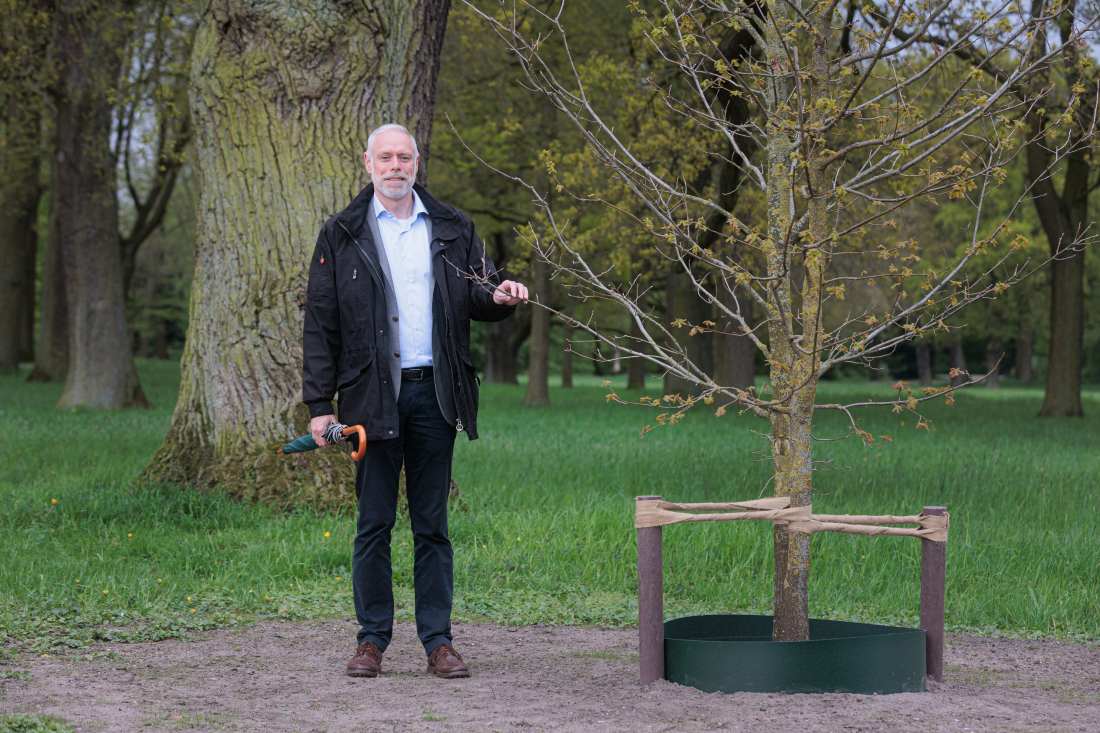
There are also wonderful parks in the north of Bremen
The Bürgerpark extends over 136 hectares, next to the 66 hectares of the Stadtwald city forest. Together, these parks form the largest inner-city green space in Germany. With an area of only 65 hectares, the Knoops Park in North Bremen is comparatively modest but is more than equal to the other larger parks in its design: the merchant Ludwig Knoop commissioned Wilhelm Benque to plan this park in 1871, at the same time as he was engaged with constructing the Bürgerpark. The result was a Renaissance-style garden which reaches down to the banks of the Lesum watercourse and is planted with exotic flora such as mulberry trees and blue magnolias.
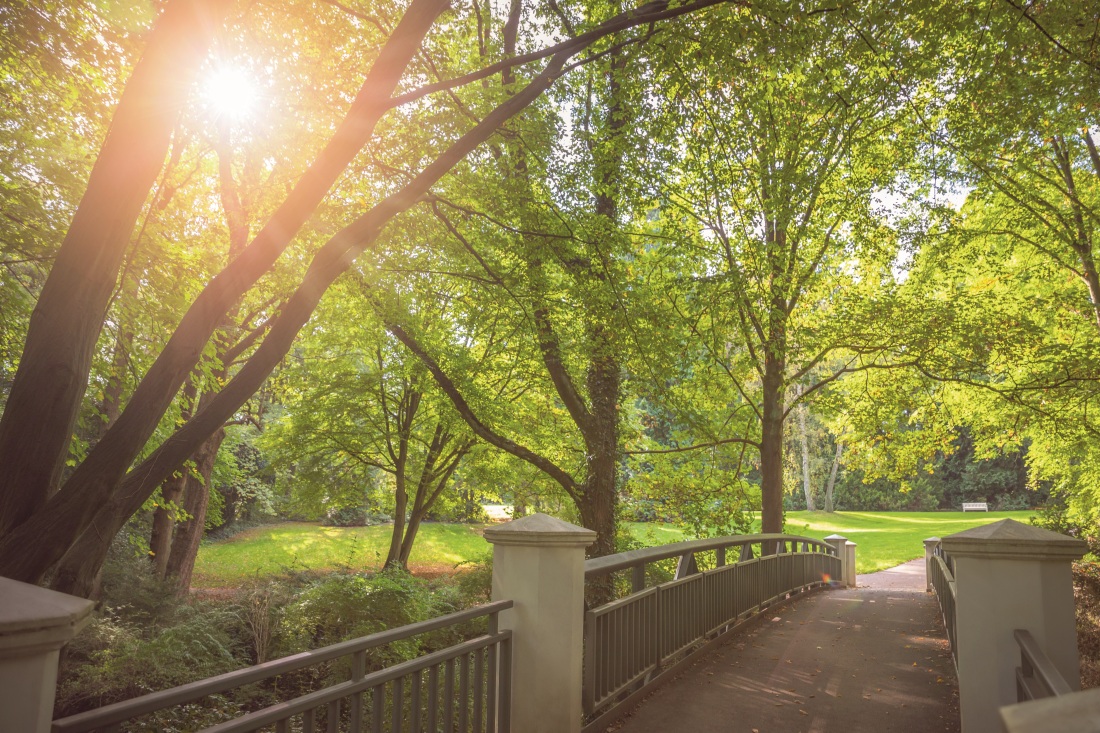
A visit to the world's largest collection of rhododendrons
Knoops Park, Höpkens Ruh and Heinekens Park – a number of Bremen's parks started out in private ownership. In contrast, like the Bürgerpark, the Rhododendron Park in Bremen's Horn district has always been open to the public. From May to June, visitors to this park are dazzled by unparalleled displays of extravagant colour. They can also discover 650 different wild varieties and 3,500 cultivars that have been carefully nurtured over the past 200 years. We highly recommend a tour by Park Director Dr. Hartwig Schepker as the best way to enjoy the world's largest collection of rhododendrons.
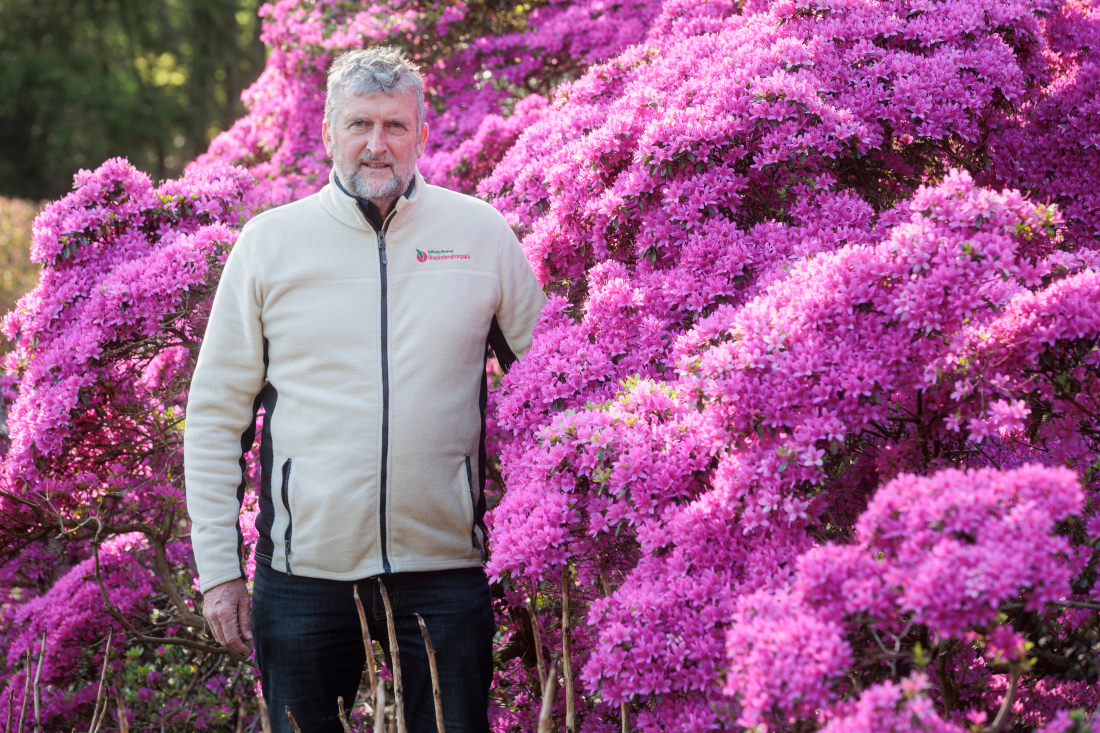
"Here we have our Rembrandt and also our Gerhard Richter", he recounted, alluding to well-known painters to illustrate the park's reputation as "a living museum that is home to historic and modern varieties alike". Schepker pauses for a moment by a plant which is easily the height of a house. "These especially tall rhododendrons near the park's entrance are the oldest ones we have. They are examples of the prevailing fashion of the mid-19th century, when British aristocrats wanted to be able to see their plants, even though they were far off in their enormous gardens."
In the beginning, the fashion was for show gardens and botanical gardens
Rhododendrons, and their close relatives, azaleas, had been discovered and cultivated as ornamental plants in England long before they became popular in Germany. However, this changed at the beginning of the 20th century. In North West Germany, the expansion of tree nurseries which cultivated rhododendrons inspired a fashion for show gardens and botanical gardens. In these gardens, the growers not only wanted to delight the public with their creations but also to assess the hardiness and viability of their new varieties. They also started collecting examples from all over the world.
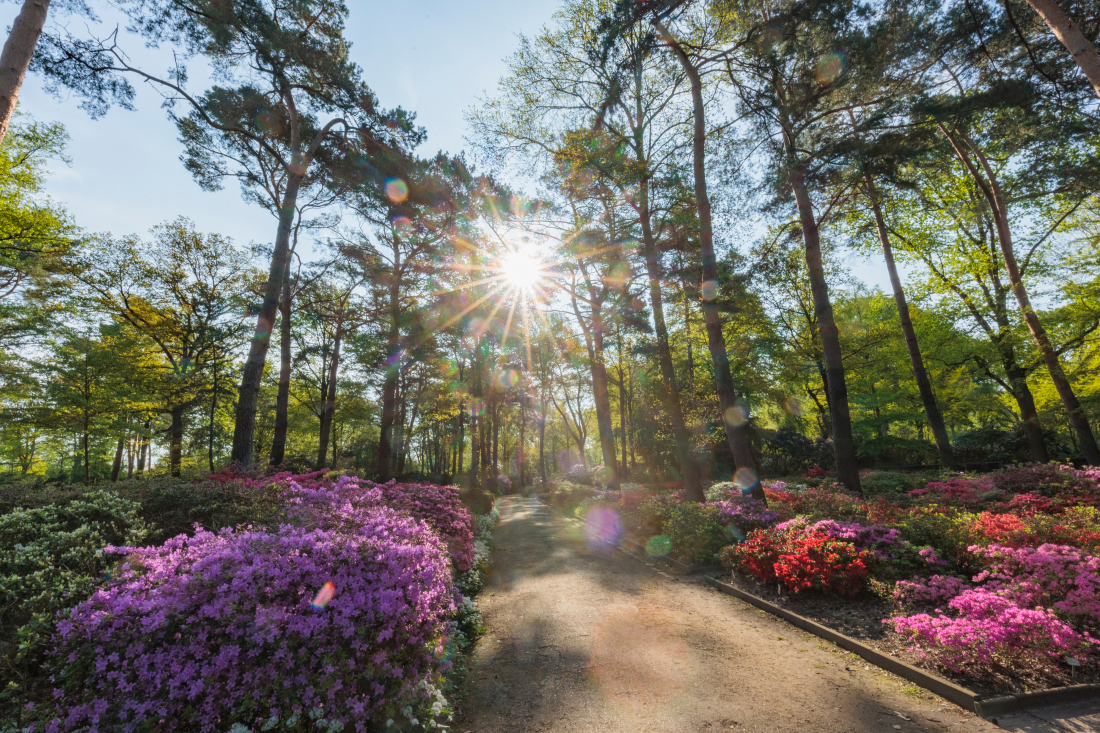
The first two hectares of the park were opened in 1937. Today, the park covers 46 hectares. It is home to both the oldest evergreen variety, "Nobelanum“, which was created in 1832, and brand new varieties which were created in this century. "Have a look at these yakushimanum hybrids which are much more compact than old rhododendrons. As gardens tend to be smaller nowadays, growers have turned towards varieties which grow less vigorously“, explained Schepker in a different area of the park. "The taste in colours has also changed", he explained, pointing towards orange, pink and even yellow-orange-pink blossoms. "In the past, white and pink were more popular."
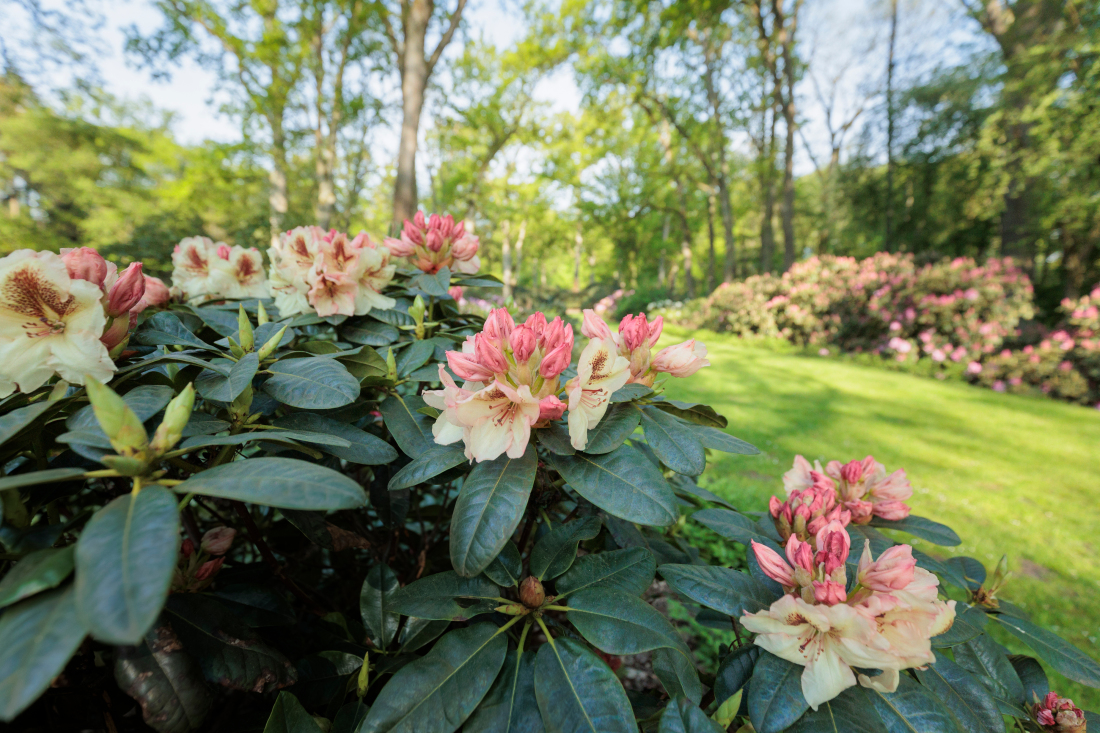
The botanical stamp collection – from "Adonis“ to "Zampa"
You'll need to plan at least two hours for your visit if you want to admire all the groups of rhododendrons and azaleas in the park. And that's not just because they flower at different times of year. Visitors shouldn't pass up the opportunity to look at "our stamp collection and the jewel in our crown", as recommended by the park's Director, who is also an expert nursery gardener and qualified horticultural engineer. By this he means the "Sortengarten Ost" (Eastern Varieties Garden). This is where you'll find 400 Japanese azaleas, arranged by origin to the right and in alphabetical order to the left. As Schepker said: "Our collection goes from "Adonis" to "Zampa".
Success Stories
Seven products from Bremen that everybody knows
Made in Bremen, sold around the world: these products are hugely popular at home and abroad.
Learn moreBremen – Germany's greenest city
The greenest major city in Germany is Bremen - with an average of 60 square metres of sports, leisure and recreation space per person. Parks, sports facilities, but also water areas invite you to relax from the hustle and bustle of the city every day.
Learn moreOur 10 Most Favourite Places Last Year
Bremen has a lot to offer, whether it's sunny or rainy. Of course, you have to capture this in the form of stunning photos. Here are our very personal highlights from the past year.
Learn more
